In situ High Temperature UO2 Grain Boundary and Bulk Mechanics under Irradiation
- Name:
- Shen Dillon
- Email:
- [email protected]
- Phone:
- (208) 526-6918
| Name: | Institution: | Expertise: | Status: |
|---|---|---|---|
| Brent Heuser | University of Illinois at Urbana-Champaign | Nuclear Materials | Faculty |
| Andrew Nelson | Oak Ridge National Laboratory | Thermophysical Properties, Ceramics, ATF, Nuclear Fuel | Other |
- Experiment Title:
- In situ High Temperature UO2 Grain Boundary and Bulk Mechanics under Irradiation)
- Hypothesis:
- The grain boundary and lattice fracture toughness of undoped and doped UO2 are hypothesized to be affected by irradiation and gas implantation at temperatures relevant to fuel service. In the proposed work, the fracture toughness of these features are to be measured as a function of temperature and irradiation dose.
- Work Description:
- Bulk Cr2O3-doped and undoped UO2 samples have been provided by Oak Ridge National Laboratory. Microscale test specimen will be fabricated at the University of Illinois using Focused Ion Beam milling. Those samples will be mounted on appropriate Cu and Ti mounts, following procedures previously developed for high temperature testing of ZrO2 and UO2. These samples will be shipped to Sandia National Laboratories for testing. Mechanical tests will be performed using a Bruker Pi-95 nanomechanical tester. High temperatures will be achieved through laser heating with a 1 micron 20 W laser, which has been demonstrated in preliminary experiments to achieve the desired temperature range by ≈4 W focused on a 100-micron spot. Ion irradiations will be performed using MeV Cr ions irradiating samples <300-400 nm thick, which will enable most ions to penetrate the sample. Temperature will be calibrated through a combination of electron diffraction-based determination of thermal expansion and electrical resistance measurements. Notched cantilever fracture toughness measurements will be performed at ≈1000 oC, 1250 oC, and 1500 oC. Experiments will be performed as a function of dose at each temperature between 0 and 10 dpa using MeV Cr ion irradiation with and without ≈10 keV He implantation.
"Using in situ UO2 bicrystal sintering to understand grain boundary dislocation nucleation kinetics and creep" Shen Dillon, Journal of the American Ceramic Society 2024 Link
About Us
The Nuclear Science User Facilities (NSUF) is the U.S. Department of Energy Office of Nuclear Energy's only designated nuclear energy user facility. Through peer-reviewed proposal processes, the NSUF provides researchers access to neutron, ion, and gamma irradiations, post-irradiation examination and beamline capabilities at Idaho National Laboratory and a diverse mix of university, national laboratory and industry partner institutions.
Privacy and Accessibility · Vulnerability Disclosure Program

